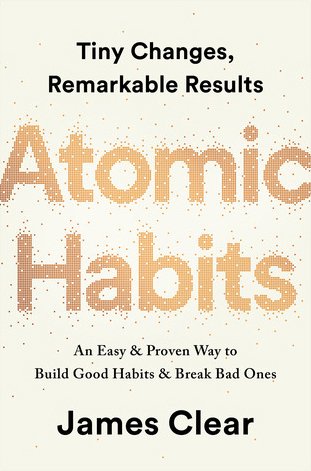James Clear’s Atomic Habits has transformed how people approach self-improvement by emphasizing the power of small, consistent changes. As musicians, we often focus on big goals—mastering a difficult piece, composing an original work, or preparing for a major performance. But what if the key to success lies in the tiny, everyday habits we form? By applying the principles of Atomic Habits to music practice and productivity, we can make consistent progress and build a sustainable, effective routine.
The Power of Tiny Changes
Clear’s central idea is that success is the result of compounding small improvements over time. Instead of making drastic changes, he suggests focusing on 1% improvements. In music, this could mean:
- Practicing just five extra minutes each day
- Adding one new technique exercise to warm-ups
- Recording practice sessions to track progress
Over time, these small efforts accumulate, leading to significant improvement.
Identity-Based Habits: Becoming the Musician You Want to Be
Clear emphasizes that lasting change happens when we shift our identity. Instead of saying, “I want to practice more,” say, “I am a dedicated musician who practices daily.” This mindset shift reinforces habits because actions align with self-perception.
To apply this to music:
- Instead of aiming for two hours of practice, focus on being a musician who never misses a day.
- Identify as someone who enjoys learning, making it easier to approach difficult pieces with curiosity.
- Reinforce this identity by surrounding yourself with like-minded musicians and positive influences.
Habit Stacking: Making Practice Automatic
Habit stacking involves pairing a new habit with an existing one. This technique can help musicians integrate practice into their daily routines with less resistance.
Examples:
- “After I make my morning coffee, I will do 10 minutes of scales.”
- “After I get home from work or school, I will set up my instrument so it’s ready for my practice session.”
By linking practice to an established routine, it becomes second nature.
The Role of Environment: Make Good Habits Easy
Clear stresses that environment shapes behavior. If an action is easy and convenient, we’re more likely to do it. For musicians, this means removing friction that prevents practice:
- Keep your instrument accessible and in sight.
- Have a dedicated practice space with minimal distractions.
- Use apps or planners to track progress and set reminders.
The Two-Minute Rule: Just Start
The hardest part of any habit is getting started. Clear suggests the “two-minute rule,” where you commit to just two minutes of an activity. This lowers resistance and often leads to longer sessions.
For music practice:
- Tell yourself you’ll only play one scale—but once you start, you’ll likely continue.
- Open your sheet music and play a few notes—before you know it, you’re practicing a full piece.
Tracking and Reflecting: The Power of Consistency
What gets measured gets improved. Tracking progress helps reinforce positive habits. Try:
- Using a practice journal to log daily sessions. You can even use the notes app on your phone.
- Setting specific goals (e.g., “Improve articulation in this passage by next week”)
- Celebrating small wins to stay motivated
Applying Atomic Habits to music productivity can transform the way you practice and improve. By focusing on identity-based habits, environment design, habit stacking, and small incremental progress, you can build a sustainable practice routine that leads to long-term musical growth. Start small, stay consistent, and watch your music skills flourish!
Check out Atomic Habits by James Clear. Link here.

